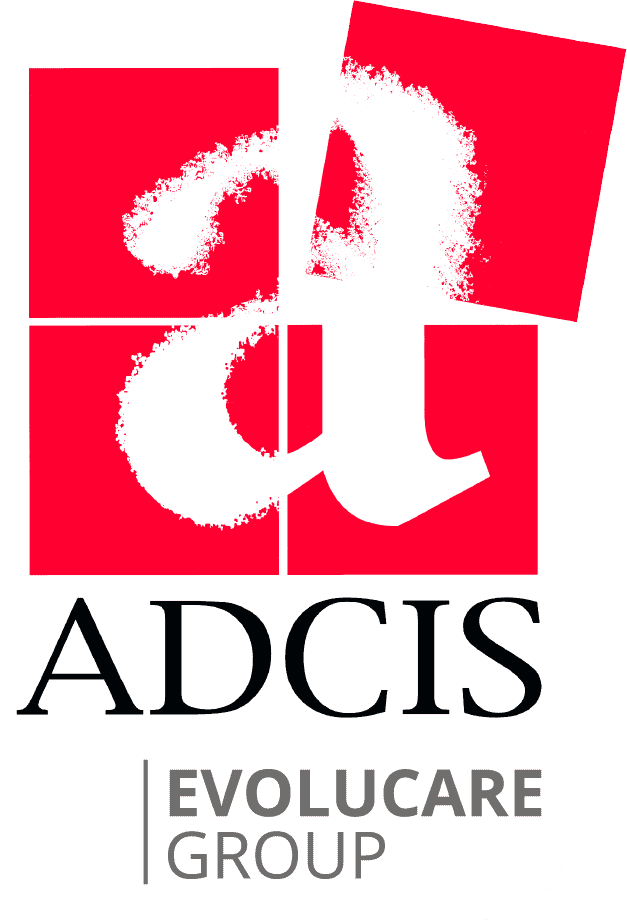Accurately Quantifying Cell Characteristics of Corneal Endothelial Cells
Main difficulties:
Manual counting
- Time-consuming and laborious
- Poor repeatability and reproducibility
- Overestimating vital cell parameters
- Not comparative amongst different machines
- Clinical assessment and interpretation are highly subjective
- Applicable to central images only. Omitting paracentral images crucial for patients with Fuch’s dystrophy and Descemet’s stripping only
Human factor
- Observer's biasness during assessment
- Technicians’ selection bias and preferences
- Imprecise assessment affects clinicians' diagnosis and decisionmaking process
The solution
A Robust and Reliable Machine-Learning Quantitative Software Assessing Corneal Endothelial Cells.

Our powerful AI model unlocks crucial data from images
- Based on Deep Learning Convolutional Neural Networks trained with over 1200 real-world endothelial cornea images collected from patient subsets
- Precisely identifies and extracts crucial information to predict key parameters of corneal cells (e.g., CD, CV, Pachy, Ave, SD, Hex, Max, and Min) from a single image regardless of machine acquisition
- Detects complex patterns and generates heatmaps for downstream analysis
- Predicts vital corneal cell characteristics (e.g., cell density, cell size variation)
- Improves clinicians' diagnosis accuracy and quality assessment
- Accelerates triage and reduces screening costs with the use of one single image
- Can be used via a cloud
Be a pioneer in AI-powered cornea assessment
- Fully automated process for assessing cornea endothelial cells directly from specular microscopy images
- AI-powered assessment is 10 times more efficient than manual annotation
- Validated with real-world data derived from a wide range of corneal diseases on data collected by SERI
- Built-in heatmap functionality identifies region of interest with significant morphometric variations
- Offers parametric data such as CD, CV, Pachy, Ave, SD, Hex, Max, and Min Clinically applicable for healthy and diseased cornea assessments
- Accurate morphometric differentiation between healthy corneas and diseased corneas (e.g., mild edema, Fuch's dystrophy)
Exploring untapped opportunities in cornea transplant
- Provides evidence-based data to patients undergoing surgical procedures e.g., implantable contact lens, advanced surface ablation, cataract surgery
- Assessing diseased corneas such as early bullous keratopathy, corneal edema, corneal dystrophy, corneal endotheliosis
- Evaluates donor corneas before transplantation
- Improves longitudinal assessments e.g., for monitoring disease progression or resolution, or for assessing treatment efficacy e.g., endothelitis
- Scalable add-on software tool for existing specular microscope devices
- Works efficiently with jpeg format images captured on any handheld smart devices
- Supports cloud, teleophthalmology, and remote consultations
- Saves time and reduces manpower costs
Partnership with SERI
This project was done in partnership with SERI. SERI is Singapore’s national research institute for ophthalmic and vision research with the mission to conduct highimpact eye research that prevents blindness, low vision and major eye diseases common to Singaporeans and Asians. Over the last decade, SERI has conducted landmark research projects that have led to tangible outcomes, patient benefits, and success stories. To date, SERI ranks first globally in terms of eye publications per capita, comparable to renowned eye institutes, both regionally and internationally.

